Halo Bacterial Blight Control – Treating Halo Blight In Oats
Halo blight in oats (Pseudomonas coronafaciens) is a common, but nonlethal, bacterial disease that afflicts oats. Even though it is less likely to cause significant loss, halo bacterial blight control is an important factor to the overall health of the crop. The following oats halo blight info discusses the symptoms of oats with halo blight and management of the disease.
Symptoms of Oats with Halo Blight
Halo blight in oats presents as small, buff-colored, water-soaked lesions. These lesions usually occur just on foliage, but the disease can also infect the leaf sheaths and chaff. As the disease progresses, the lesions expand and coalesce into blotches or streaks with a characteristic pale green or yellow halo surrounding the brown lesion.
Halo Bacterial Blight Control
Although the disease is not fatal to the overall oat crop, heavy infections do kill off the leaves. The bacterium enters the leaf tissue through the stoma or through insect injury.
The blight is fostered by wet weather and survives on crop detritus, volunteer grain plants, and wild grasses, in soil, and on grain seed. Wind and rain spread the bacteria from plant to plant and to different parts of the same plant.
To manage oat halo blight, use only clean, disease-free seed, practice crop rotation, remove any crop detritus, and, if possible, avoid the use of overhead irrigation. Also, manage insect pests since insect damage opens the plants up to bacterial infections.
Gardening tips, videos, info and more delivered right to your inbox!
Sign up for the Gardening Know How newsletter today and receive a free copy of our e-book "How to Grow Delicious Tomatoes".

Amy Grant has been gardening for 30 years and writing for 15. A professional chef and caterer, Amy's area of expertise is culinary gardening.
-
 Looking For Plants To Give You The Soft And Fuzzies? Try These 5 Fuzzy Leaf Plant Options
Looking For Plants To Give You The Soft And Fuzzies? Try These 5 Fuzzy Leaf Plant OptionsLovers of texture, drama, silver foliage and tactile plants will adore these special sensory garden additions. These fuzzy leaf plant options will leave you all aglow
By Susan Albert
-
 Get Ready For A Summer Of Hummers! Grow These Full Sun Hummingbird Plants and Flowers
Get Ready For A Summer Of Hummers! Grow These Full Sun Hummingbird Plants and FlowersIf you’re lucky enough to enjoy a sunny backyard, make sure you are maxing out on your pollinator opportunities and grow these full sun hummingbird plants and flowers
By Tonya Barnett
-
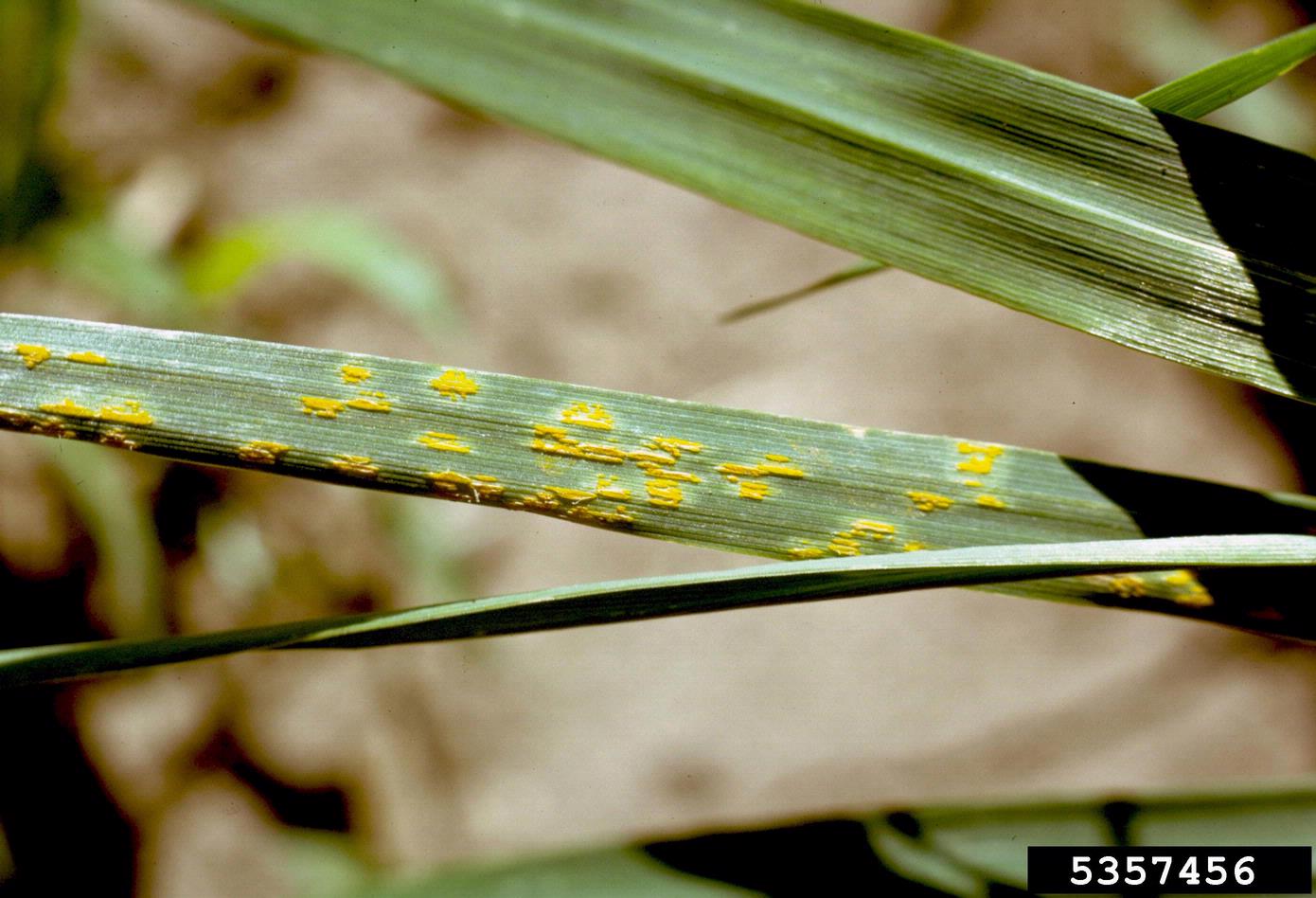 Oat Rust Control: Treating Oats With Crown Rust
Oat Rust Control: Treating Oats With Crown RustCrown rust is the most widespread and damaging disease found in oats. For individual growers, oats with crown rust can result in a total crop loss. Click here to learn more about control and treatment of oat rust.
By Amy Grant
-
Barley Yellow Dwarf Virus In Oats – Treating Oats With Barley Yellow Dwarf
If you grow oats, barley, or wheat on your small farm or backyard garden, you need to know about barley yellow dwarf virus. This is a damaging disease that can cause losses of up to 25 percent. Know the signs and what you can do to in this article.
By Mary Ellen Ellis
-
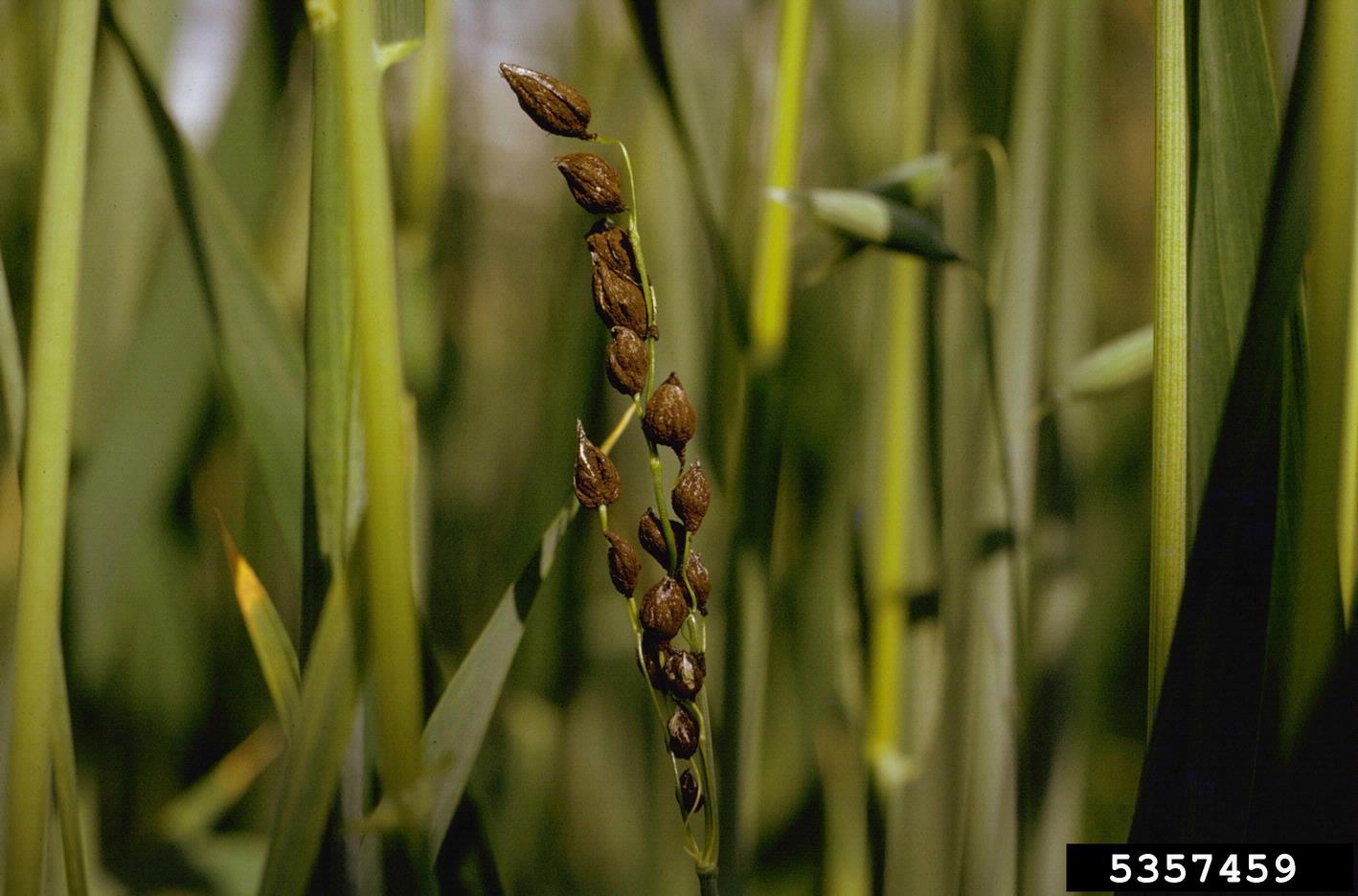 Oats Loose Smut Control – What Causes Oat Loose Smut Disease
Oats Loose Smut Control – What Causes Oat Loose Smut DiseaseIf you grow cereal crops, it’s good to understand the basics about loose smut of oats in order to prevent it. Click this article for information about what causes oat loose smut, as well as tips on oats loose smut control.
By Teo Spengler
-
Victoria Blight In Oats – Learn To Treat Oats With Victoria Blight
Victoria blight in oats once reached epidemic proportions. As a result, many oat cultivars that have proven to be resistant to crown rust are susceptible to Victoria blight of oats. Learn about the signs and symptoms of oats with Victoria blight in this article.
By Mary H. Dyer
-
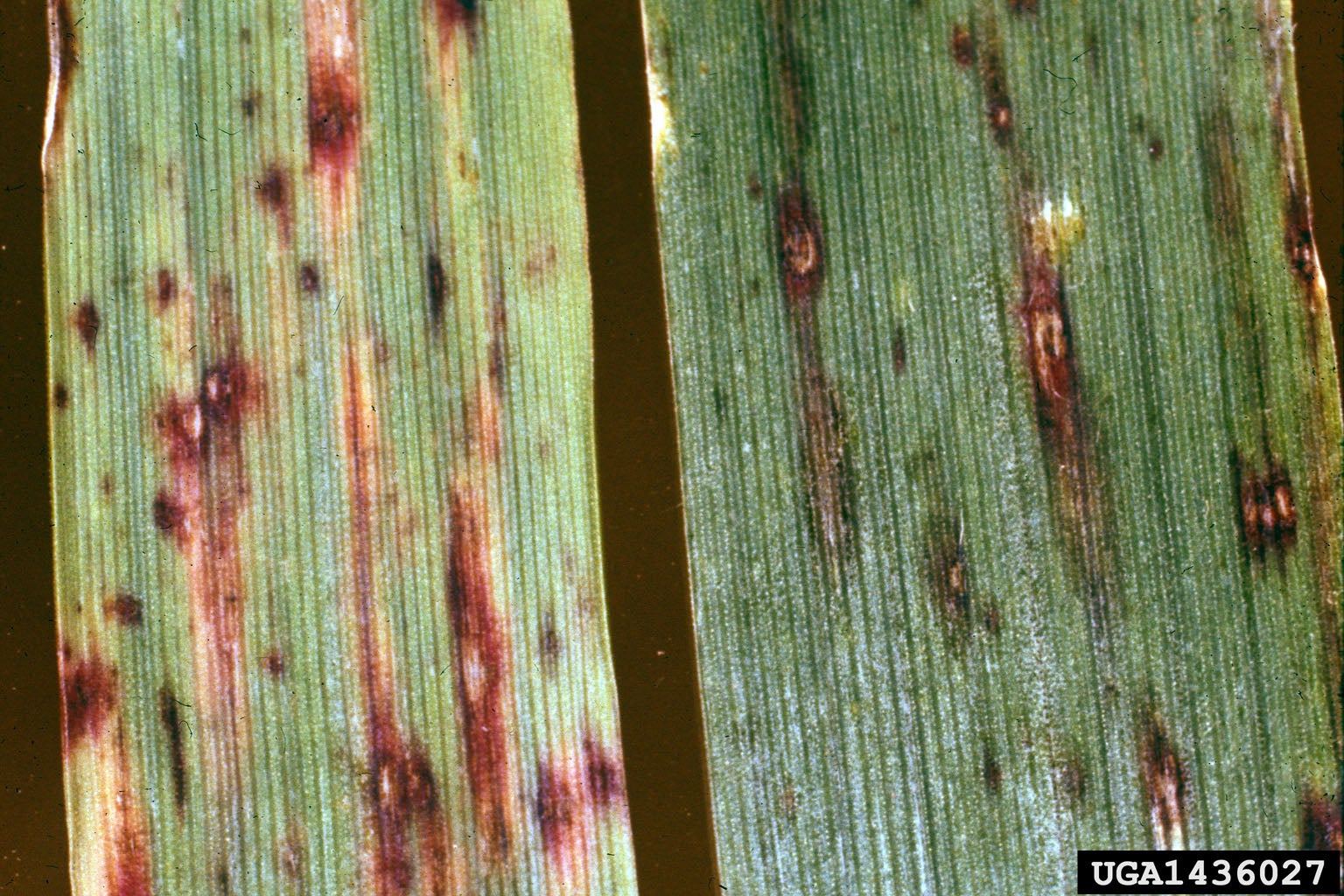 Oat Leaf Blotch Info: Recognizing Symptoms Of Oat Leaf Blotch
Oat Leaf Blotch Info: Recognizing Symptoms Of Oat Leaf BlotchCrop losses of as much as 15 percent have been reported from leaf blotch of oats. While this isn't a huge number, in commercial settings and in smaller fields, the impact is significant. However, oat leaf blotch control is possible. Click this article to learn more.
By Bonnie L. Grant
-
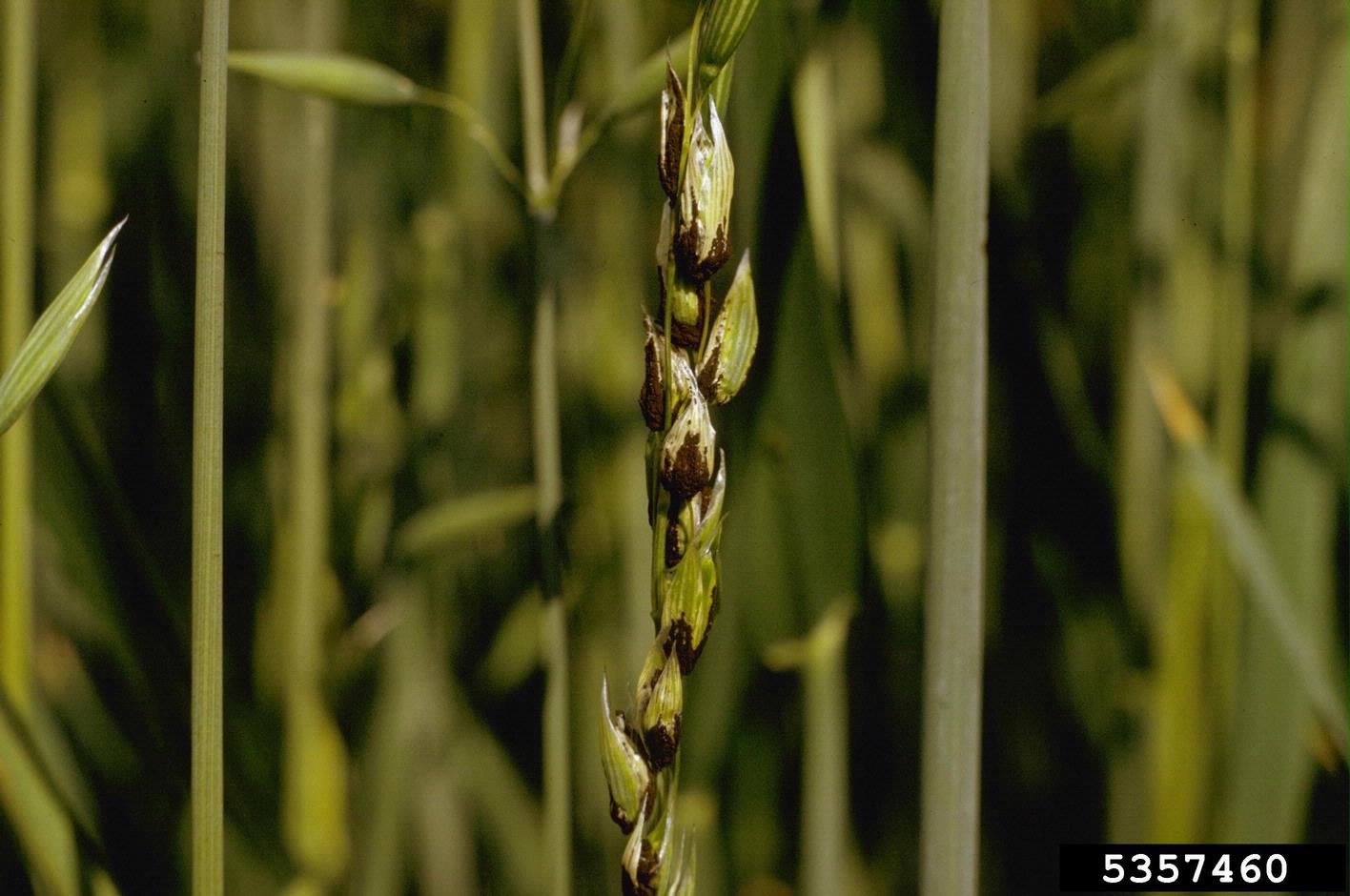 Oat Covered Smut Control – Treating Oats With Covered Smut Disease
Oat Covered Smut Control – Treating Oats With Covered Smut DiseaseSmut is a fungal disease that attacks oat plants. There are two kinds of smut: loose smut and covered smut. If you are growing oats, you probably need oats covered smut information. Learn about oats with covered smut and tips on oat covered smut control here.
By Teo Spengler
-
Oats With Powdery Mildew – How To Treat Powdery Mildew On Oats
While powdery mildew on oats isn’t the worst thing that can happen, it can markedly diminish crop quality and yield. Unfortunately, there isn’t a lot that growers can do about the pesky fungal disease. Click this article to learn more.
By Mary H. Dyer
-
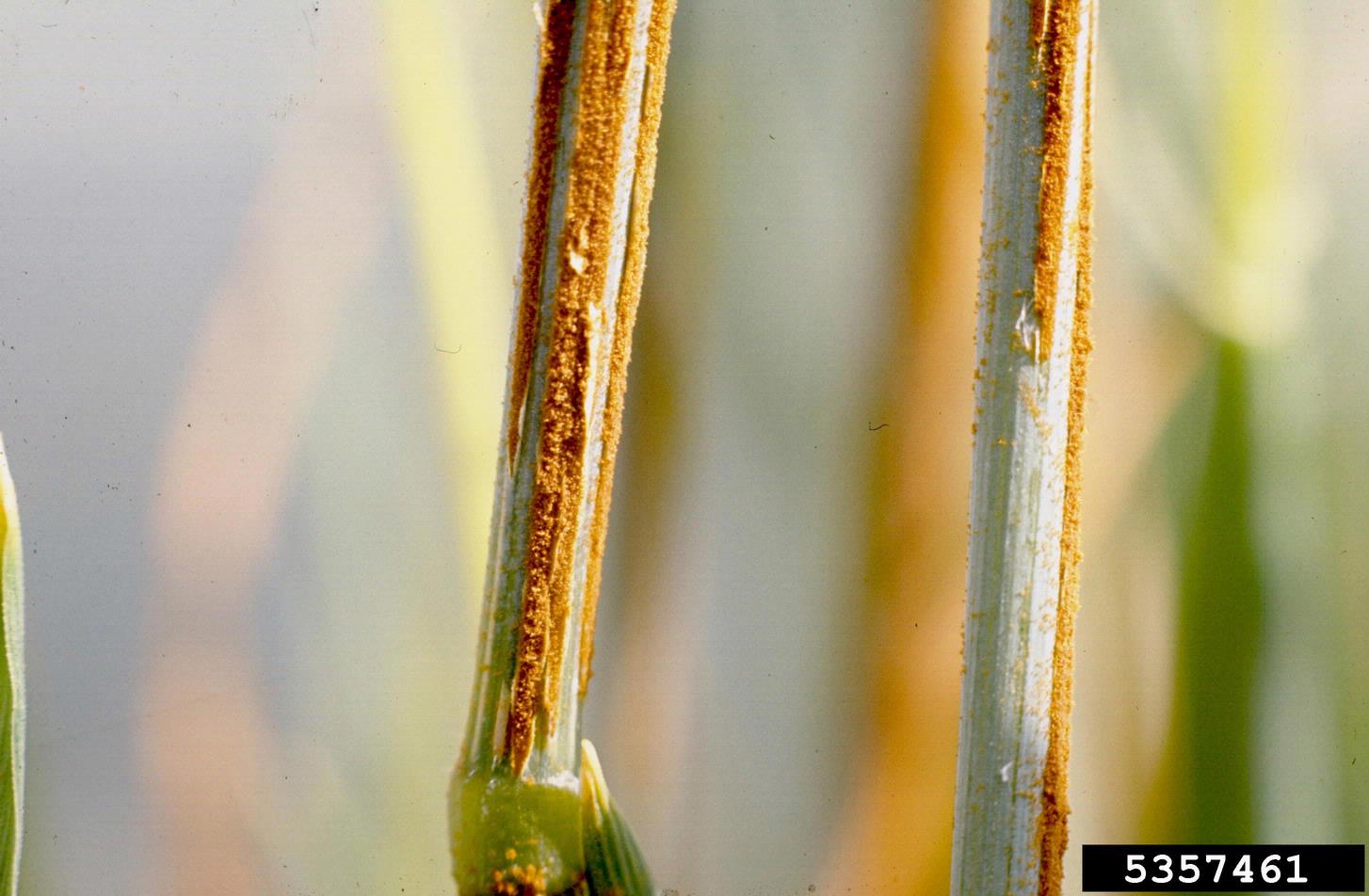 Stem Rust Of Oat Crops – Tips On Treating Oat Stem Rust Disease
Stem Rust Of Oat Crops – Tips On Treating Oat Stem Rust DiseaseBy Tonya Barnett